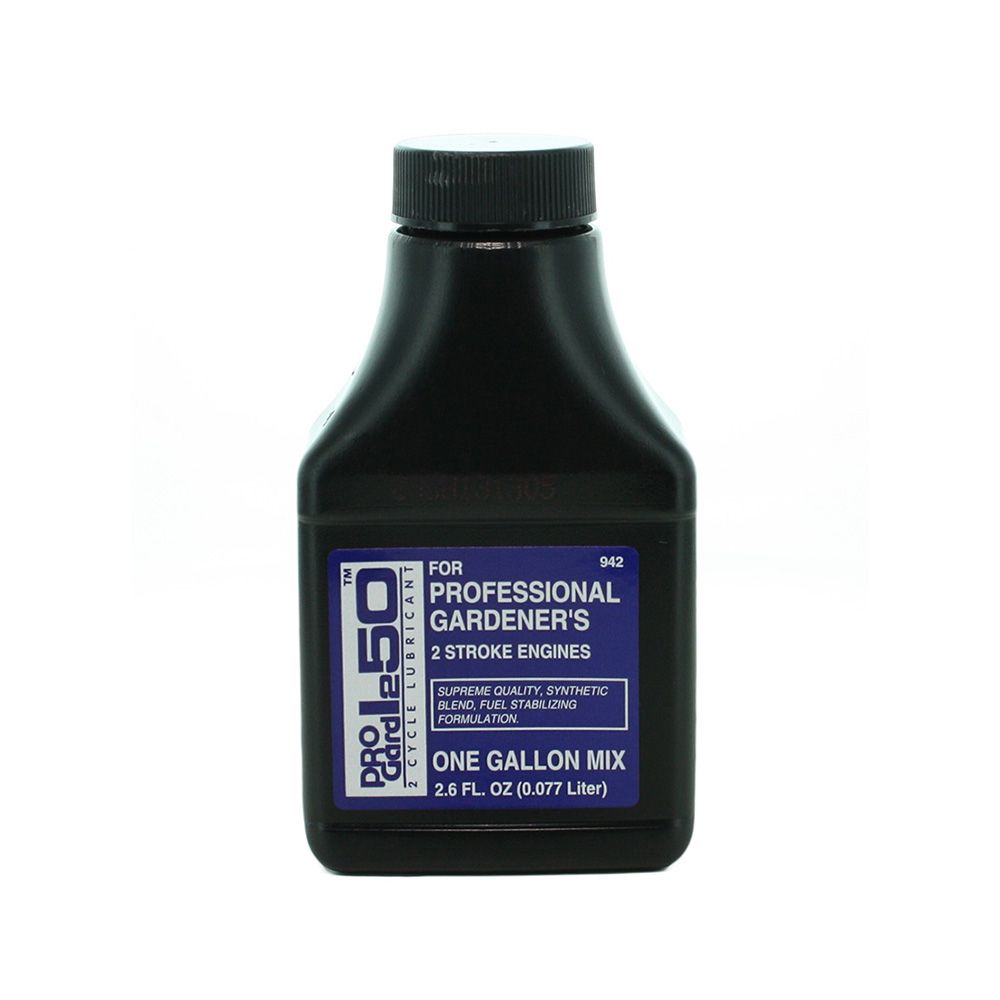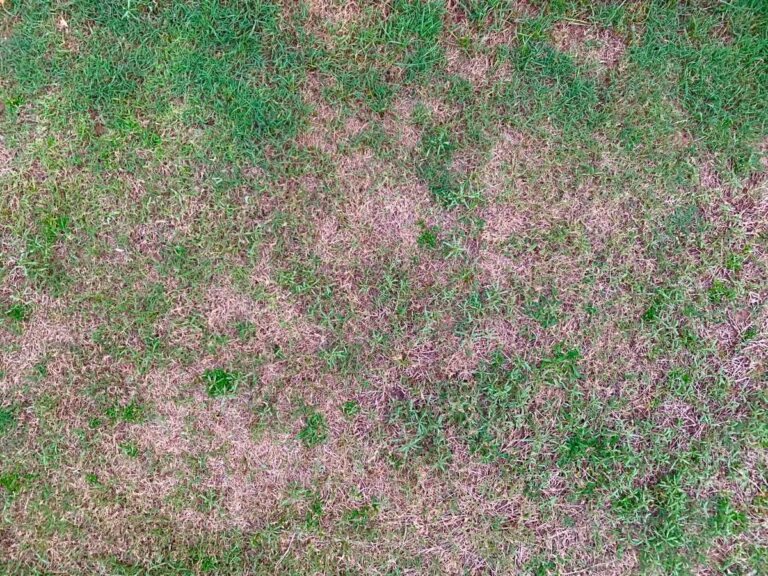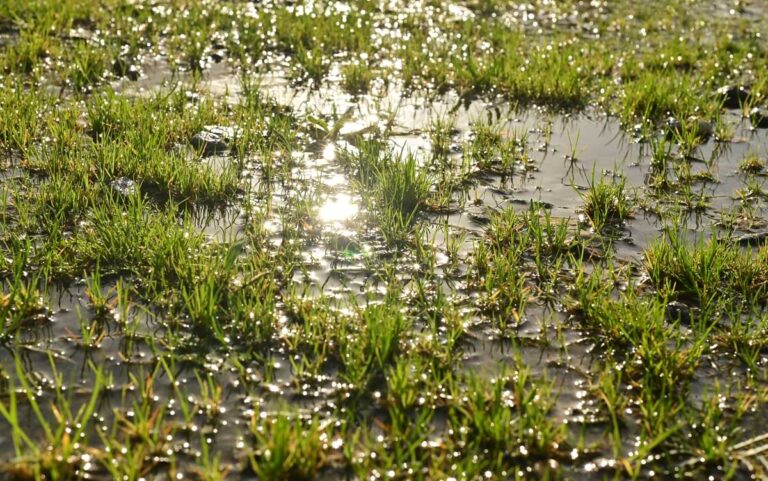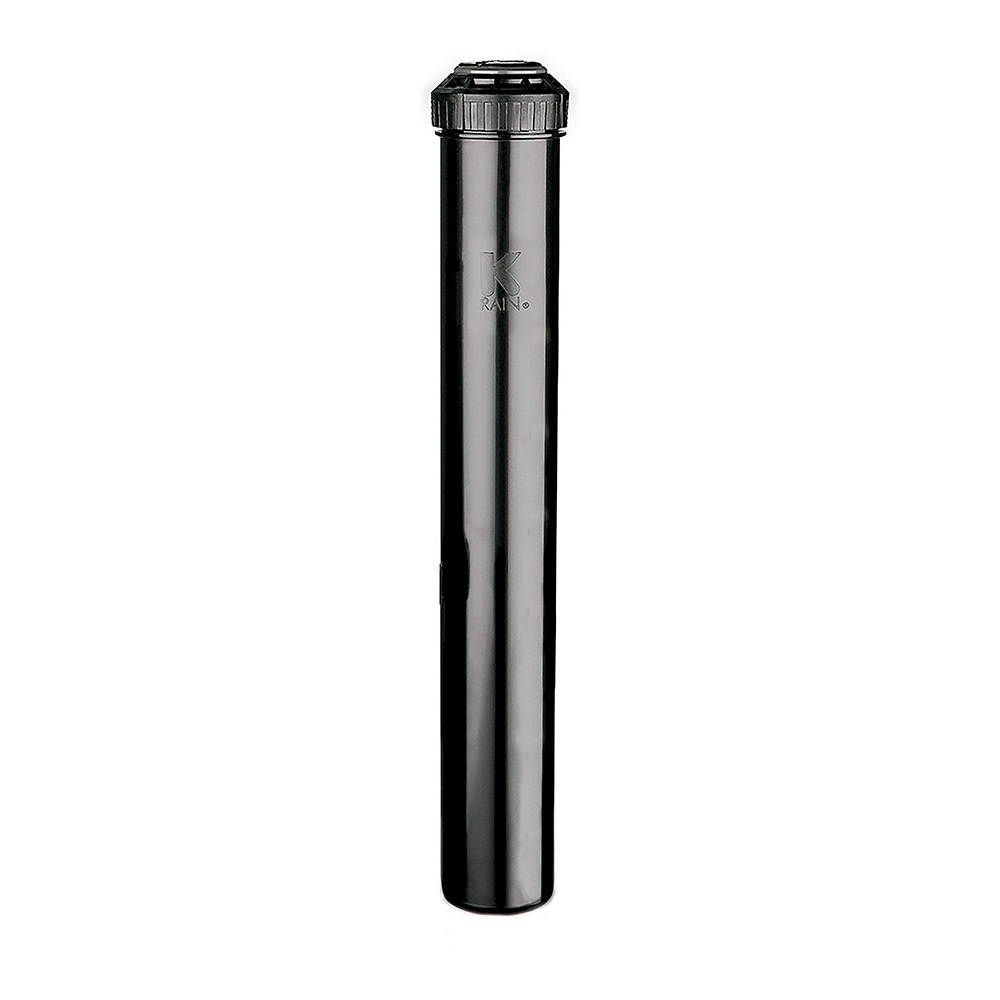Bare Minimum
Maintenance For Different Types Of Lawns
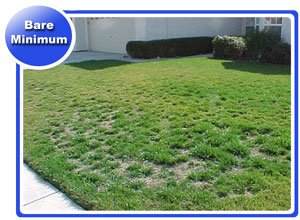
This article will help you to identify what type of lawn you have. You might be wondering if it’s important to have a healthy green lawn. Is it worth the time and expense? What’s in it for you? Believe it or not, the advantages of a well-maintained lawn include a multitude of things from health, happiness, and neighborhood honor. Green grass produces oxygen, provides a dust trap and helps to control pollution. Click ere to learn how to identify what kinds of grasses you have.
Your lawn can actually cushion a fall, maybe even prevent a more serious injury. Grass provides a cool spot in a sea of concrete, helping to reduce the effects of higher temperature while absorbing sound waves. Lawns also heighten the ability to relax. Your neighbors will also appreciate the attention you show your lawn. Curb appeal isn’t a factor only when you wish to sell your house.
But lawn care doesn’t have to be time consuming and expensive. It’s up to you to decide just how involved you want to be. Which type of lawn fits your lifestyle? The busybodies or those who don’t like to spend money on a lawn typically fall into this category. You might be the person in the neighborhood with brown dead spots and dry grass. Just know that your lawn will not maintain its present state. Without some care, the lawn will deteriorate. Every year you skip the fertilization process your lawn loses nutrients. A lawn without nutrients is an eyesore and can cost you more money in the long run. Every lawn needs to be fertilized at least once a year. And if you simply refuse to water your lawn, at least make sure to water after fertilizing or fertilize just before a good rain. If you want to spend the least amount of time on your lawn as possible, then focus on mowing.
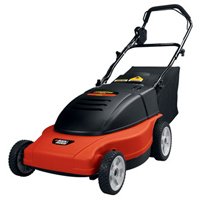
Invest In A Mulching Mower To Help Reduce Raking:
Since this is a chore you must do anyway, there are a few choices you can make that will allow you to get the most benefit from your time. First of all, invest in a mulching mower, which will allow you to cut out the need for raking while returning nutrients to the soil. Make sure you keep the mower blade sharp, which will cause less damage to the grass. Finally, never cut your grass too short. You may be trying to save time, but removing more than a third of the grass stalk at any one time can cause shock, creating even more problems. If you are maintaining a bare minimum lawn, you may notice that you are more prone to insects and critters and the damage they leave behind. If you have an outbreak that leaves parts of your lawn in shambles, dig up the area and replace the topsoil. Make sure you follow up with seed and keep the surrounding areas healthy. This enables the outside grass to quickly move into the gaps. With just a little time and money, even the bare minimal lawn can be attractive and neighborhood acceptable.
Average Joe

What type of lawn is expected of an average Joe? You are just a few steps above the bare minimum lawn. You still don’t want to spend much time or money on your lawn, but you do want it to look attractive. As before, the keys are fertilization, watering, and mowing. You will take the time to fertilize two or three times a year. The key is to get the most benefit from what you are willing to do.
The first fertilization should take place just as your new spring growing season begins. In areas where weeds have been a problem, consider using a 2 in 1 fertilizer. This will help strengthen your lawn as it fights against future weeds.
The importance of watering after fertilizing cannot be stressed enough. When you fertilize, the ingredients just sit on top of your lawn. A good soaking pushes the fertilizer down into your soil where it can start working. Those with an “Average Joe” lawn will be willing to do additional watering.
So How Much Water Is Needed?
The common rule of thumb is 1 inch of water per week. We all are happy when nature does this for us. But if you have to turn on the sprinklers, try to water in the mornings. Not only is this more efficient, but it helps to eliminate soggy grass, a haven for disease. Also, take the time to monitor your spray, making sure you are watering your lawn rather than the neighbor’s driveway. Click here to learn more about how much you should water your yard.
The “Average Joe” is typically more in tune with mowing techniques and isn’t usually in such a hurry to just get the job done. You are more willing to trim and edge, realizing that attention to details can have a huge impact. But since you aren’t willing to put a superior amount of care into your lawn, keep a weed digger and sprayer available to help you treat those trouble spots.

Use A Weed Digger To Remove Weeds At The Roots:
Bare spots are not just unsightly; they are like open sores waiting for the disease. But don’t skimp now. Before trying to cover up the spot, first determine what it’s causing the problem. Otherwise, you are just wasting time and money. Nothing is more frustrating than believing you have fixed an issue just to see it return. To help an Average Joe lawn look its best, consider a low maintenance grass. Several varieties are available that will help you save both time and money while providing a healthier lawn. After all, saving time and money while looking good is the key to an Average Joe lawn. Shop Hand Tools at the Sprinkler Warehouse.
Go, Getter

What type of lawn could you expect a Go-Getter to have? This lawn requires more time and money than the Average Joe and Bare Minimum lawns. You want to have one of the nicer lawns in the neighborhood and are willing to work throughout the year to make that possible.
Fertilizing 3 times a year won’t cut it for the ‘go getters’. You step it up to 4 times a year, starting early to build and strengthen the roots for the busy season ahead.
You are on the look-out for thatch and know that aerating might be necessary for the health of your lawn. A ‘go getter’ sticks to the same requirement of 1 inch of water a week but is more likely to have a set sprinkler routine or even a sprinkler system to ensure proper watering. Over-watering can be just as harmful to a lawn as under watering.
With these fertilizing and watering routines in place, you will probably find yourself mowing more than the Bare Minimum and Average Joe. By only removing the top third of your grass blade, you are able to leave those highly nutritious clippings on the lawn without it being unsightly. Remember though, a thick healthy turf will dull those mower blades more quickly. So keep them sharp to avoid doing damage to your lawn.
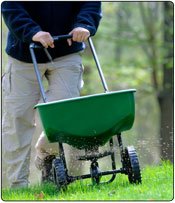
Use A Fertilizer Spreader To Evenly Distribute The Fertilizer Throughout Your Lawn:
By maintaining a “go-getter” lawn, weeds should be practically non-existent. Healthy grass will choke out most weeds. You might have to do a fewer minor treatment for the weeds that slip through your tough turf, but once these are taken care of, use strictly fertilizer. Since you are maintaining a healthy lawn, insects and pests problems aren’t likely. However, mass amounts of insects should send up a red flag. Treat your lawn for that specific insect. A ‘go-getter’ will do something the other two types don’t even consider. You will have the soil tested every few years to determine how healthy your grass is and identify what nutrients it might be missing. As a more dedicated lawn keeper, you may want to invest in a fertilizer spreader and a leaf blower. The spreader will save you time during those 4 applications each year, as well as provide for more even coverage. And since appearance is important to you, a leaf blower will remove unsightly debris from your hard surfaces. Having a nice looking lawn is why you are willing to invest more time and money than the Average Joe. Click Here to shop for Fertilizer at the Sprinkler Warehouse.
Perfectionist
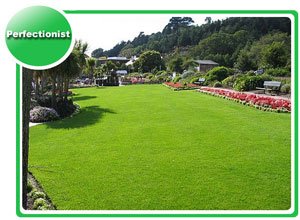
So what type of lawn does a perfectionist have? You have probably woken many a neighbor on an early Saturday morning with the buzzing of your mower. Your goal is to have the most highly noticed lawn of the neighborhood – the Cadillac of all lawns ‘ and willingly devotes both time and money to make it happen. This entails working like a busy bee year round, perfecting every little detail. You won’t use anything but the best, especially when it comes to fertilizer. What type, how much, and how often you fertilize is based upon the result of the most recent soil test so the soil maintains a balanced level of nutrients. You may have to remember not to over fertilize in your zest for the perfect lawn. as this can actually lead to lawn disease. There is a line where it becomes too much of a good thing. This lawn has been aerated and even de-thatched when thatch is over a half an inch thick.
You will have most likely installed an automatic sprinkler system for the most effective watering routine. You will never allow this lawn to be thirsty or soggy. For the Perfectionist, mowing is an art, not a chore.
After mowing, this lawn will look like it was cut with a pair of scissors. This is due to the accurate and perfectly executed mowing. Like the Go-Getter, you will often leave clippings as natural food for the lawn.

Use A Lawn Aerator To Improve Soil Drainage And Reduce Thatch:
However, the Perfectionist isn’t satisfied with merely string trimming. You take the extra steps to use an edger around sidewalks, driveways, and flowerbeds for sharp, clean lines. You also know that string trimming is to be done before you mow in order to eliminate that unsightly waste. In order to achieve that perfect lawn, you may resort to an attractive ground cover in those shady areas where even the most shade tolerant grasses won’t flourish.
The biggest problem for the Perfectionist is having a Bare Minimum or Average Joe for a neighbor, especially if their lawn harbors insects and pest. You might even resort to doing a little accidental over- spraying into your neighbor’s lawns in order to maintain the neighborhood. If you want to go to the ultimate heights and really stop traffic, try some pattern mowing.






















